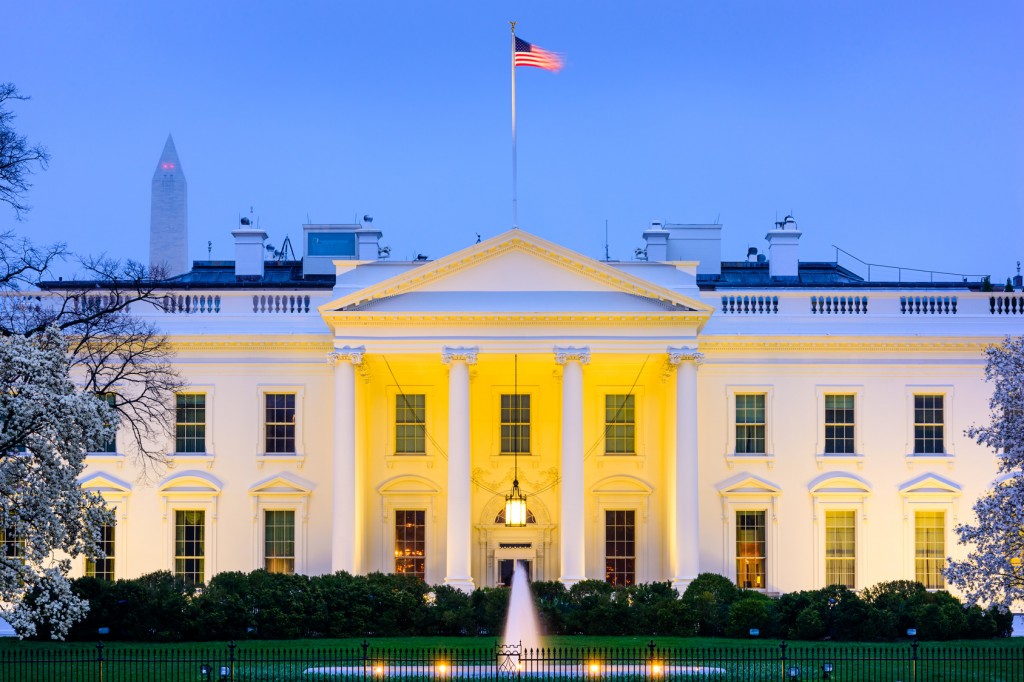The U.S. economy grew at roughly 2.5% last year, below the 3% benchmark that policymakers have targeted going forward, indicating a general economic slowdown that might be difficult to reverse.
Are retiring Baby Boomers to blame?
That’s the premise of a recent article in The Wall Street Journal titled, “As Boomers Go Gray, Even 2% Growth Will Be Hard to Sustain.” The premise of the article is that the economy is reverting to the “new normal” of slower growth, and the millions of Baby Boomer who are leaving the workforce for retirement are partly to blame.
“Most of what was good in the American economy last year was unsustainable, and most of what was sustainable was not good. A decade after the financial crisis, there is still no sign the economy can generate the consistent growth of 3% a year many continue to hope for. The growth rate for 2017 was just 2.5%, and even that seems unlikely to last. Is this the new normal?
Not exactly. Instead it’s a return to the old normal, a reversion that was widely expected after baby boomers began to retire. While policy makers should do what they can to increase the economy’s long-run growth rate, they also need to avoid making decisions based on unrealistic expectations.
Economic growth comes from two sources. First is a cyclical rebound in demand as the economy gets closer to full capacity (or even proceeds beyond it). Second is an increase in the economy’s underlying potential output—also called the supply side—driven by growth in either the workforce or productivity.
The trouble is that more than half of last year’s economic growth came from the cyclical factors, which have little left to contribute given that we’re at or near full employment. What this means is that absent much bigger productivity improvements, it will be a challenge for the U.S. to achieve sustained economic growth of even 2%.”
That’s all well and good, but I would argue that productivity measurements are inaccurate (due to difference between types of good, quality improvements, and a long list of other factors). So, based on that alone, chances are good that more growth than expected will come from this.
Also, the focus on Baby Boomers is probably misguided. As just about every news story in the last two years has reminded up, Millennials have now overtaken Baby Boomers as the largest generation in the U.S. This younger generation is still just getting set up in the economy, so there is plenty of economic power to come there, regardless what the Baby Boomers do.
And that’s in addition to their expected windfall from Boomer wealth transfer, which at last count was expected to exceed $30 trillion over the next 30 to 40 years.
In short: Generations come and generations go, and no one group can be blamed (or credited) for overall economic growth. Yes, the Baby Boomers are leaving the workforce, but there is plenty more to come from younger workers. That’s what I’m focused on.
All information provided herein should not be relied upon to make an investment decision and does not intend to make an offer or solicitation for the sale or purchase of any specific securities, investments, or investment strategies. Prospective investors are recommended to consult with a financial adviser, attorney, accountant, and any other professional that can help you understand and assess the risks associated with an investment opportunity.






